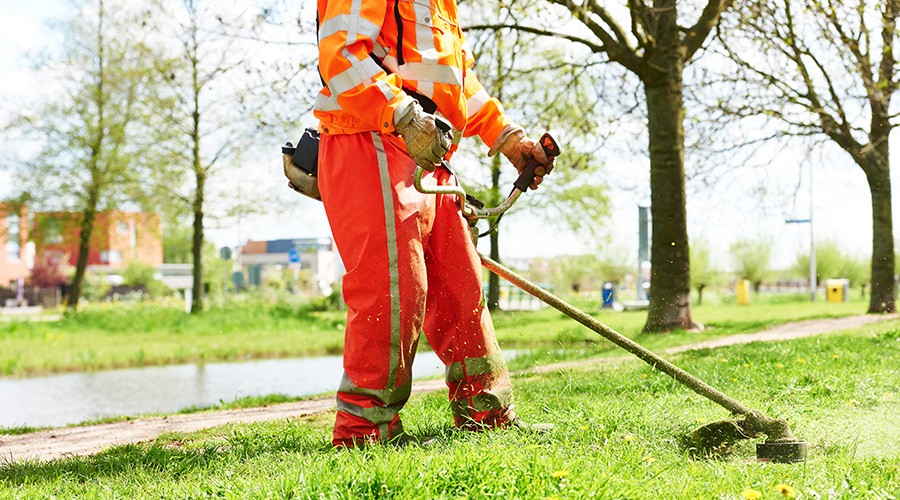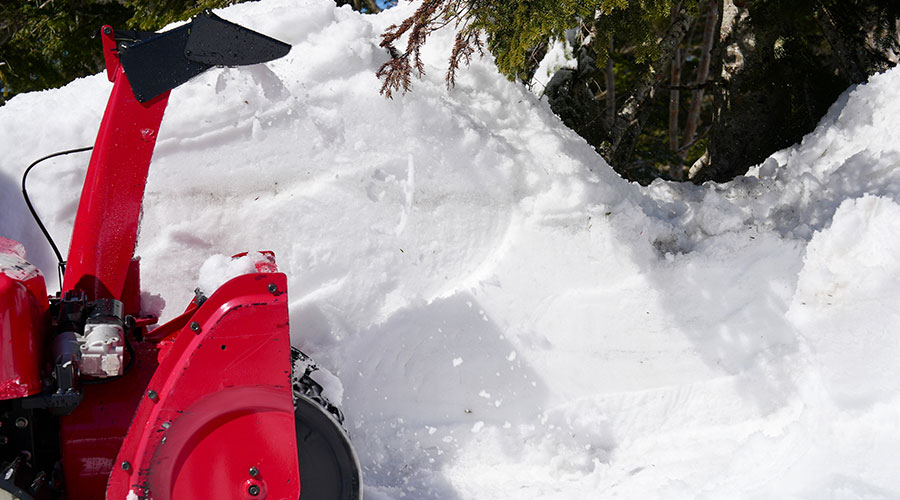Best Practices for Applying Grounds Care Chemicals
Specifying the correct chemical — whether it is an herbicide, pesticide, or fertilizer — is integral to the product’s effectiveness. But if workers do not adhere to proper application practices, the chemical will not work correctly. For example, if a manager knows certain weeds germinate when the soil is 45 degrees, crews can wait until the soil reaches that temperature to apply pre-emergents — chemicals applied before weeds surface.
“One of the most important things is getting attuned to your environment,” says Marvin Pettway, grounds foreman, forestry and horticulture maintenance with the University of Michigan in Ann Arbor. “Knowing your territory is going to be prime with an integrated pest management program.”
Getting to know the pest, checking the weather forecast before applying the chemical, applying it to avoid harming beneficial insects, and making sure crews apply the product on target all are important elements of successful applications.
“It is important to know how much product is required to be applied and (to) get that much on the target,” Wright says. “This requires calibration of the application equipment. It is also important to assure the product is going where it should.
“Fertilizer should not be finding its way to storm drains and drainage ditches. Fertilizer on driveways and sidewalks — not to mention product that lands on nearby roadways — all will run into the drainage system during the next heavy rain event if not addressed.”
Managers also need to pay closer attention to specific maintenance practices to ensure they do not promote pests or disease. For example, Smith switched from a spray irrigation system at Progressive to drip irrigation in planting beds. The drip system ensures water enters the plant’s root zone. Spray systems leave water on the plant’s foliage, potentially leading to leaf diseases.
Related Topics:














